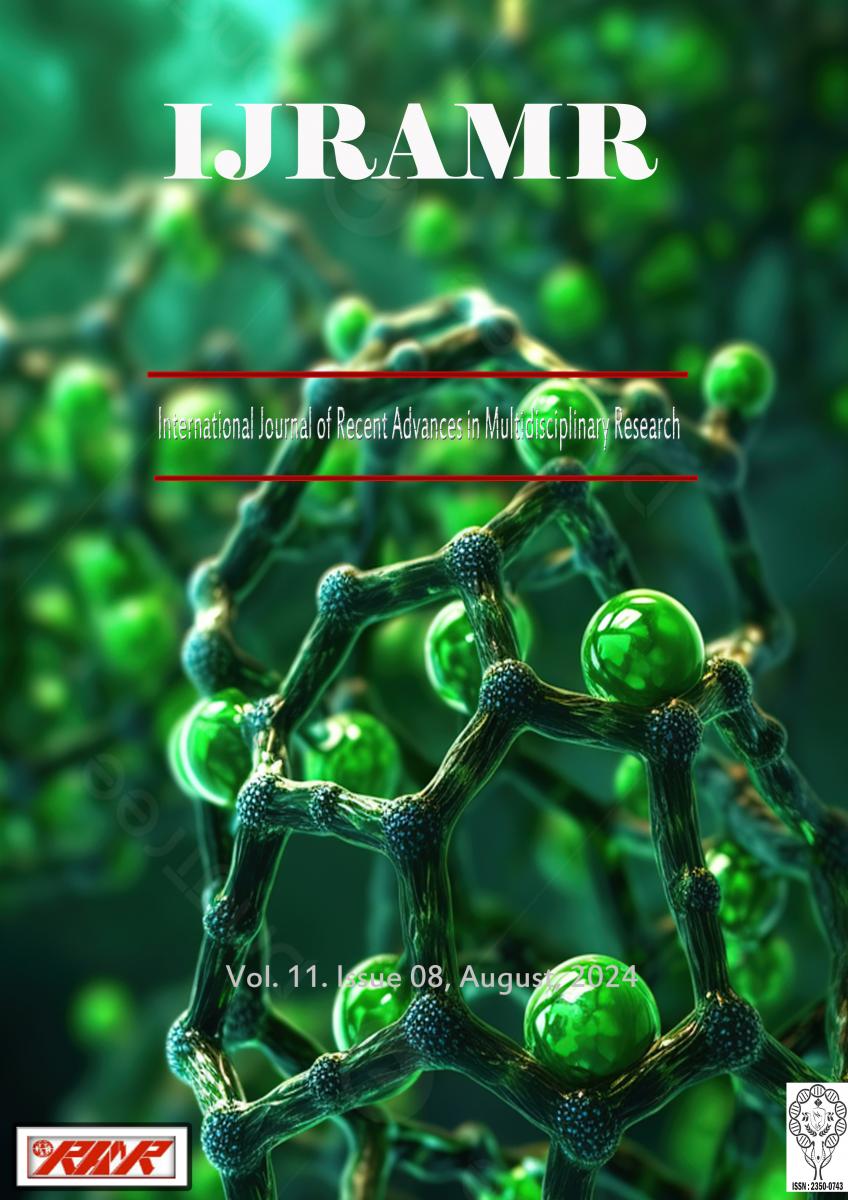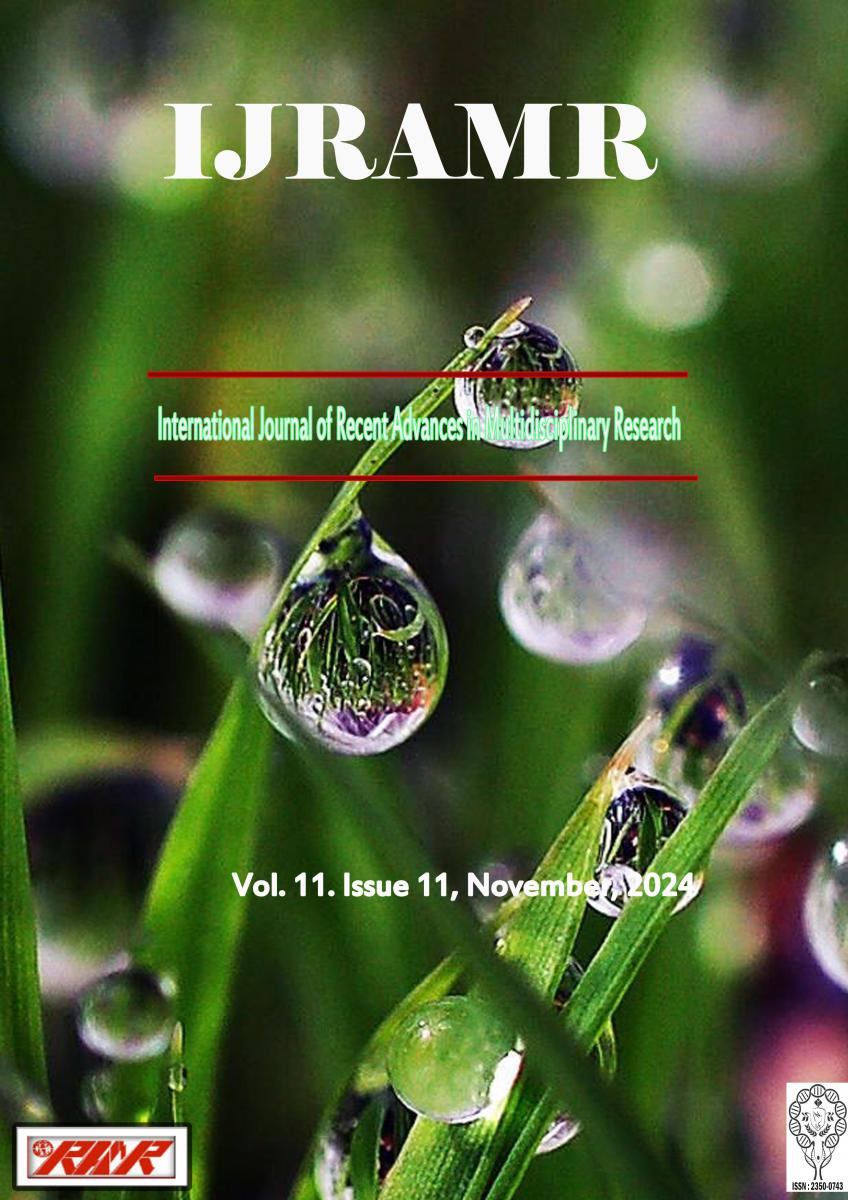Purpose: The outbreak of COVID-19 severely impacted economic activities across the globe. Since then, business have been struggling to adjust to the changing circumstances and meet the challenges due to changes in the workplace. This paper presents an overview of new work arrangements, such as working from home or with a virtual team, and new challenges for employees, such as social isolation, stress, and unemployment. Methods: 646 documents published between 2020 and 2023 were analyzed for this paper. "COVID-19" and "human resource management" were the keywords used to retrieve the data from the SCOPUS database. Bibliometric analysis has been done to know the patterns in research in terms of the most prominent disciplines, publications, journals, authors, institutions, and countries. To visualize the results, RStudio and VOSviewer have been used. Results: The study of publication patterns reveals that the United States was leading in the number of COVID-19-related publications. J. Wang was the top author, and the BMJ was the top source. The National Institute of Environmental Health was the leading organization, and the co-occurrence of keywords analysis identified “COVID-19,” “human resource management,” “pandemic,” and “crisis management” as the most frequent words. Conclusion: The United States of America and China have been coming with maximum publications in COVID-19 research. COVID-19-related studies were more frequently published in BMJ.






